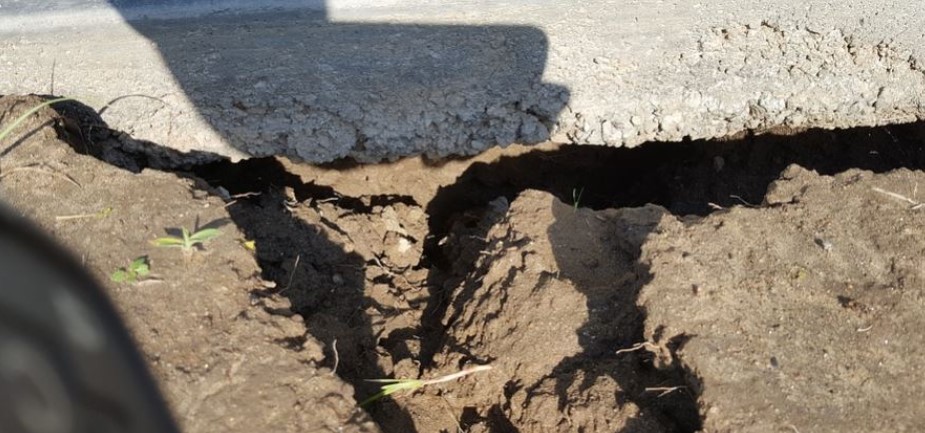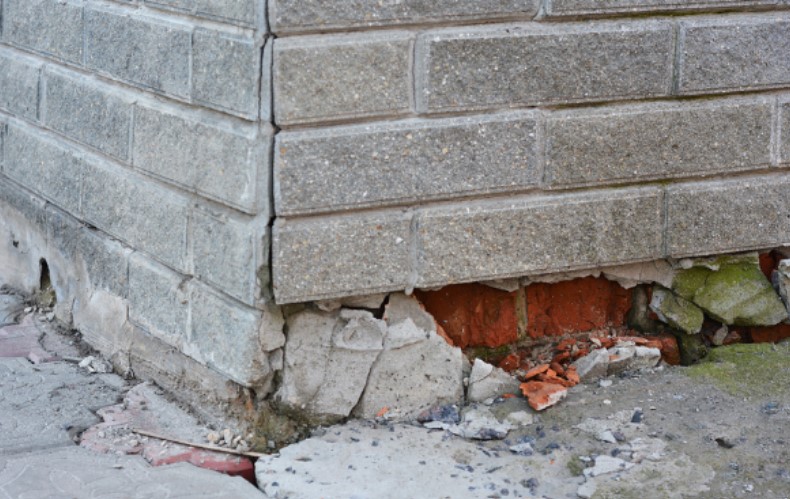Foundation problems in your home often create menacing signs because they can look like normal and almost common. For instance, are those cracks on bricks or those tiny cracks on your basement wall normal or do they indicate that your home is already starting to sink into the earth?
Some of these signs may even occur far from the foundation itself, including doors that have gone out of the square or window or door frame that separated from brick. More often than not, only professionals can determine if your home has foundation problems that should be addressed sooner than later.
Check out the following warning signs of problems with your home’s foundation.
Exterior Cracks
Yes, those tiny cracks on the steps or exterior walls shouldn’t cause any worry at all. However, large exterior cracks with zigzag pattern could indicate that your foundation has some issues. You should check bricks protruding from walls or any cracks on bricks for that matter.
Uneven Floors and Doors Out of Square
Not a lot of houses are plumb after several years of settling. But, you have to take a close look at doors that are out of square with cracks on the walls on top of them. Many owners of sound houses may also notice uneven floors that can be easily checked by spilling some water. If it rolls in just one direction, you know there is a valid reason to have it checked. You must also be worried if your floor’s gradient is over 1 or 2 inches for every 15 feet. Sagging floors are a sure sign of a sinking foundation.
Interior Sheetrock Cracks
You should suspect a foundation problem if there are zigzagging interior cracks, running almost the wall’s height. You might want to call in a contractor if your wallpaper has started to pull away from the wall or there are noticeable cracks on the spot where the ceiling and wall are joined.
Window Frame or Door Frame Separation from Brick
If your door or window frame has started to pull away from the brick wall, this is a serious sign of a foundation problem in your home.
Rotten Wood on Beams and Piers
Beams and piers with rotten wood are signs of different issues aside from a bad foundation alone. For this reason, you need to look into all of these immediately. It might mean that there is an extremely high humidity in the crawlspace or basement. This can also happen after a flood or carpenter ants and termites might have attacked the beams and piers.
Tile Cracks
Tiles that have been fired at high temperatures tend to be quite hard but these are also brittle at the same time. There are numerous reasons behind tile cracks. If you notice a lot of tile cracks in your bathroom, kitchen, or other rooms where they are installed, it might be an indication that your foundation is in trouble.
If you have one or more of these warning signs, make sure you contact foundation repair contractors in Akron, Ohio to help you address your home’s foundation problems before worse turns worst.

